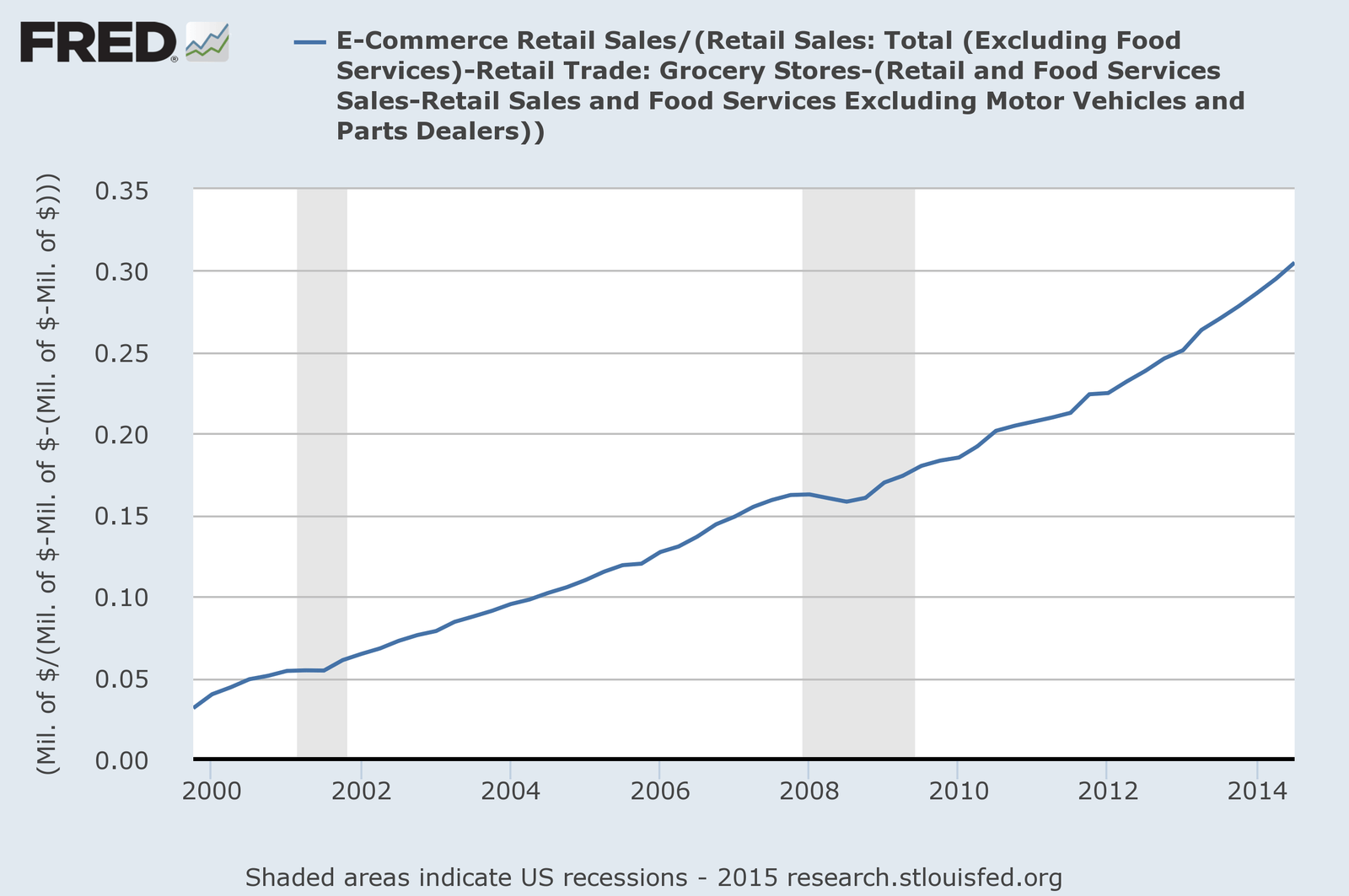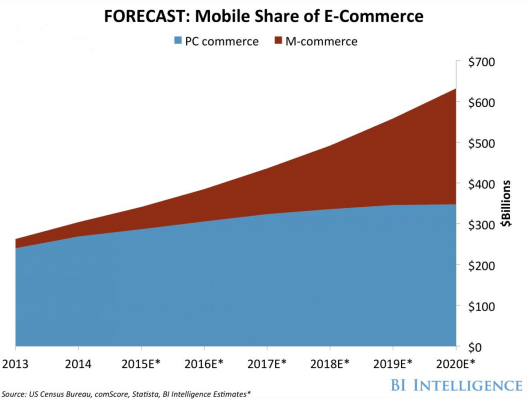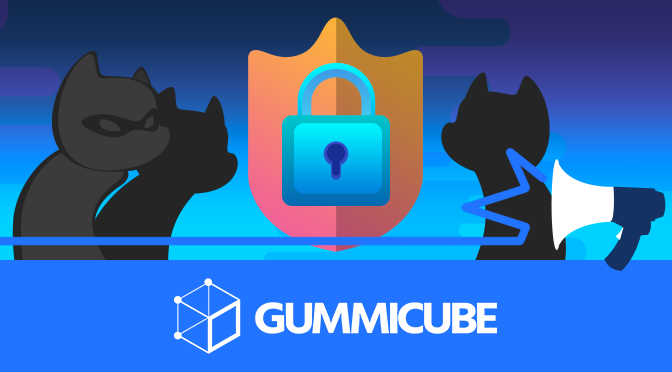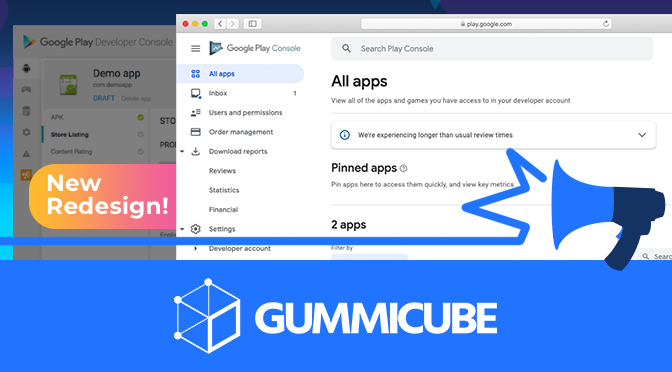
App Store Holiday Schedule 2020
Posted on November 23rd, 2020
When is the App Store Holiday Schedule 2020? Learn about the dates of this year's shutdown and how to prepare.

Mobile ecommerce can impact a mobile app's user lifetime values (LTVs) and the value and cost of mobile ad space. Whether you have a reason to implement mobile shopping in your apps or not, mobile ecommerce impacts your mobile app portfolio. With 2015 closed out, and the holiday season shopping data complete - we can get a good idea of how big of an impact ecommerce has had on retail, and what the impact of mobile was on ecommerce and in-store shopping.
For those who question the current significance of ecommerce no matter how big Amazon gets, ecommerce making up a mere 10% of retail spending is a regularly cited statistic. While retail spending does not include large expenditures like mortgages or rents, car insurance or health care costs -
according to Vox and available on census.gov, retail spending does include cars, building materials, food and restaurants. The ecommerce share of retail sales excluding cars and food is just more than 30%.  That sets the baseline for discussing the mobile impact on ecommerce. In Amazon’s holiday roundup post - they shared a few data points on mobile shopping:
That sets the baseline for discussing the mobile impact on ecommerce. In Amazon’s holiday roundup post - they shared a few data points on mobile shopping:
Holiday shopping in general showed an outsize mobile impact on retail and ecommerce - with an estimated 50% of traffic and 30% of sales coming via mobile. Similar to what has happened with digital consumption, where time spent online is growing
and
increasingly skewed to mobile and apps - US ecommerce is expected to double by 2020, with mobile accounting for 45% or almost $300b of this total. Even if the actual purchase does not come from a mobile device, as omnichannel marketing becomes more prevalent, expect the device that users interact with most to have an equally outsized impact on the purchasing process.  To help illustrate how mobile is used in the purchasing process, even when not directly attributed to purchases - take a look at
mobile traffic and mobile-only traffic to the following 10 retailers.
To help illustrate how mobile is used in the purchasing process, even when not directly attributed to purchases - take a look at
mobile traffic and mobile-only traffic to the following 10 retailers. 
The primary issue with purchasing via mobile devices is checkout. Typing in shipping details and credit card information is a huge barrier to sale on a smartphones. Tablets - with their bigger screens and "keyboards" - show higher conversion rates than desktops. The general consensus has been that an easier checkout process would lead to lower cart abandonment and a larger percentage of retail and ecommerce sales via mobile. Enter Apple Pay and Stripe.
was initially marketed as an easier way to pay in-stores. With iOS 9, users can purchase from within apps like AirBNB and Target with TouchID or their password just like any other in-app purchase. The retailer has to set this up in their app - and it is expected many of the largest will - or create their own in-app payment systems for easing checkouts/purchases. Where Apple likely covers the largest retailers for mobile purchasing in iOS apps, Stripe covers thousands of smaller online and physical retailers already for iOS and Android. A simple integration with their existing payments processor now gives them support for mobile payments in their mobile apps. If you have purchased an engraved stein from a retailer using Stripe for payment processing - you may not even be aware that your payment info is saved with Stripe and not only the single retailer. Visit another retail partner of Stripe and your shipping and payment details are there automagically. Stripe announced mobile payments support in late Q3'15. iOS 9 was released early Q4'15. This is all new, and leads the charge into what Gartner predicts to be a $1 trillion space globally by 2017.

When is the App Store Holiday Schedule 2020? Learn about the dates of this year's shutdown and how to prepare.

Apple's App Store Guidelines have strict privacy requirements. Developers now must provide information to users on the App Store listing regarding the data they access.

The Google Play Developer Console has been updated with a new design and adjusted tools. What's different, and how will it impact App Store Optimization?